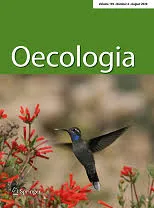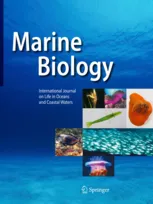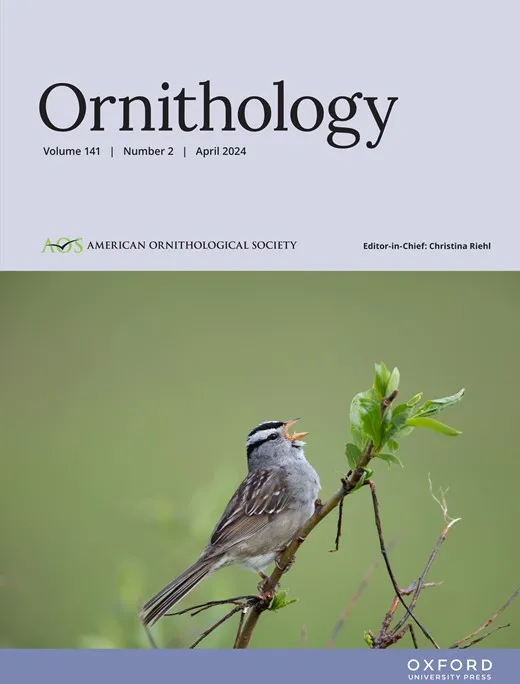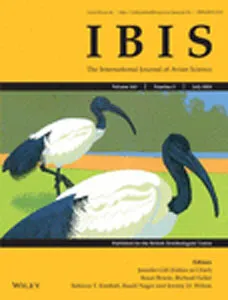BTO Research Reports are scientific papers that have been self-published by the BTO. The following is a full list of the published BTO research reports. Most are free to download, and links to Abstracts are included where possible.
Numbers missing from the list are those allocated but which were never produced or which have not been published. BTO recognises that, particularly in respect of commercially sensitive cases, a period of confidentiality is appropriate for some projects. However, in the interests of scientific development and dissemination of information, we encourage clients to permit publication as soon as it is reasonable to do so.
- If you wish to purchase a physical copy of a report please contact researchreports@bto.org.
- More information about our Annual Service reports to JNCC 1992-2005.
Assessment of recent Hen Harrier population trends in England through population modelling
This study uses a population modelling approach to explore the effects of changes in rates of productivity, survival, and settlement on population growth in the English population of Hen Harriers.

Search
Avian responses to climate extremes: insights into abundance curves and species sensitivity using the UK Breeding Bird Survey
Author: Tirozzi, P., Massimino, D. & Bani, L.
Published: 2024
Climate change poses a major threat to biodiversity, not only because of increasing temperatures, but also because of more frequent and more severe extreme weather, so we need to understand how species may be affected by this. The study looks at the effects of climate extremes on British bird populations and contributes to understanding how the impacts of climate change on biodiversity can be mitigated.
24.01.24
Papers

Behavioural responses of Sandwich terns following the construction of offshore wind farms
Author: Thaxter, C.B., Green, R.M.W., Collier, M.P., Taylor, R.C., Middelveld, R.P., Scragg, E.S., Wright, L.J., Cook, A.S.C.P. & Fijn, R.C.
Published: 2024
GPS tracking sheds light on the ‘barrier effects’ of offshore wind farms, where renewable energy developments may act as obstacles that impede the movements of seabirds to and from their colonies during the breeding season, or on migration.
17.01.24
Papers

Natural body size variation in seabirds provides a fundamental challenge for flight height determination by single-camera photgrammetry. A comment on Humphries et al. 2023
Author: Boersch-Supan, P.H., Brighton, C.H., Thaxter, C.B. & Cook, A.S.C.P.
Published: 2024
Determining flight heights for seabirds is a crucial prerequisite for understanding collision risks associated with offshore wind farms, but obtaining these can be challenging. This comment addresses concerns over the workflow proposed by Humphries et al. (2023).
15.01.24
Papers

Extended molt phenology models improve inferences about molt duration and timing
Author: Boersch-Supan, P.H., Hanmer, H.J. & Robinson, R.A.
Published: 2024
Moult is an essential but understudied life-history event in birds, and one that is difficult to study with current statistical approaches. This paper presents an extended modelling framework that should remove barriers to modelling the phenology of moult.
14.01.24
Papers

Remote tracking unveils intercontinental movements of nomadic Short-eared Owls Asio flammeus with implications for resource tracking by irruptive specialist predators
Author: Calladine, J., Hallgrimsson, G.T., Morrison, N., Southall, C., Gunnarsson, H., Jubete, F., Sergio, F. & Mougeot, F.
Published: 2024
Birds may exhibit a range of different movement patterns, from the dispersal that takes them away from the nest in which they were raised, through to annual migrations between breeding and wintering areas located thousands of miles apart. Some of these movements are more difficult to study than others, and this is particularly true for those species that are nomadic in their behaviour. International research led by BTO has revealed that Short-eared Owls make astonishing nomadic migrations between nest sites as far apart as Scotland and Arctic Russia.
11.01.24
Papers
